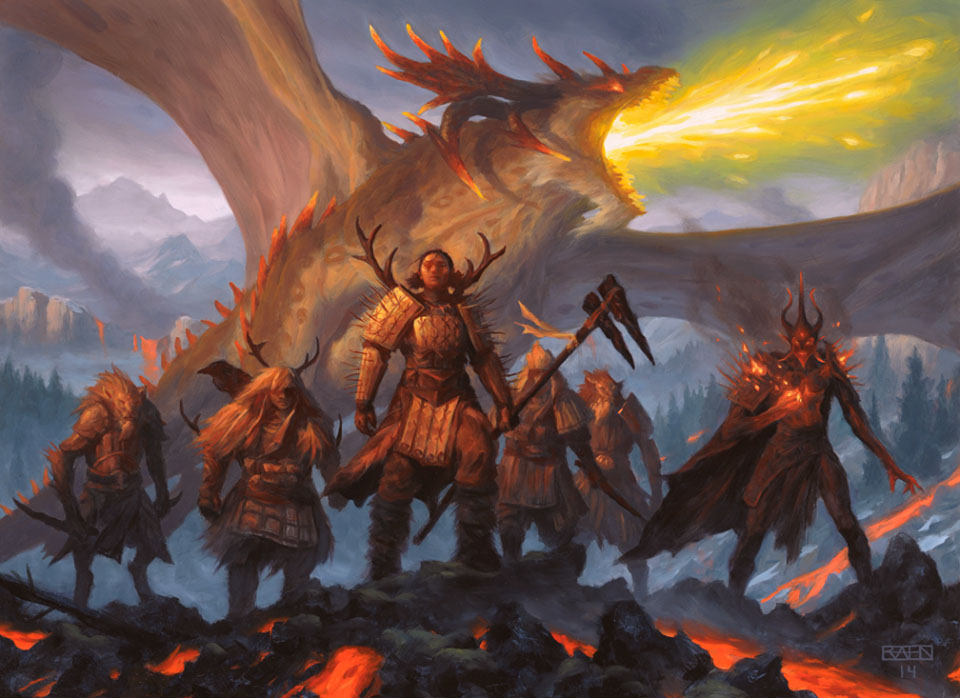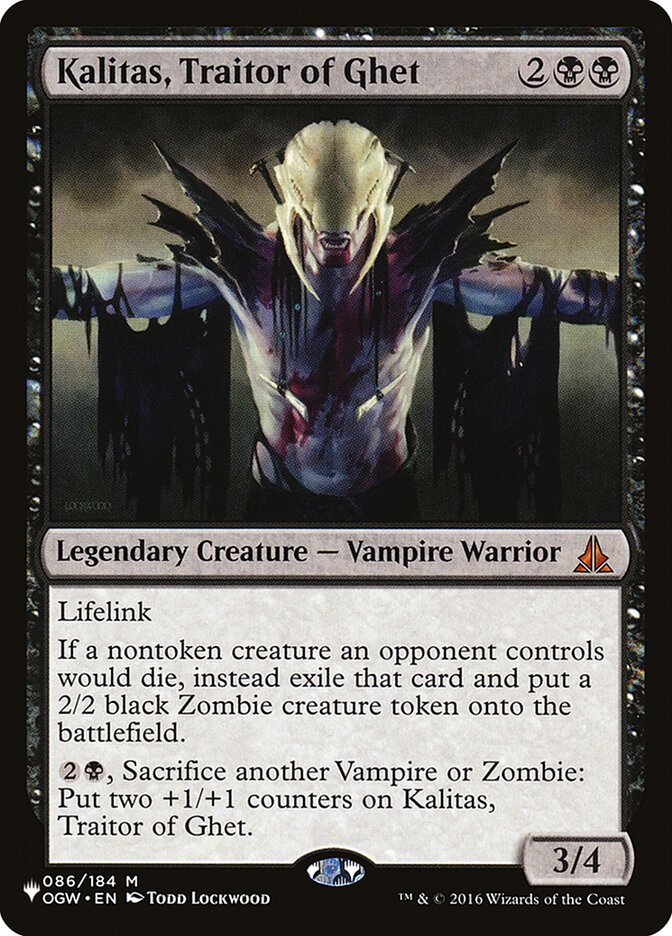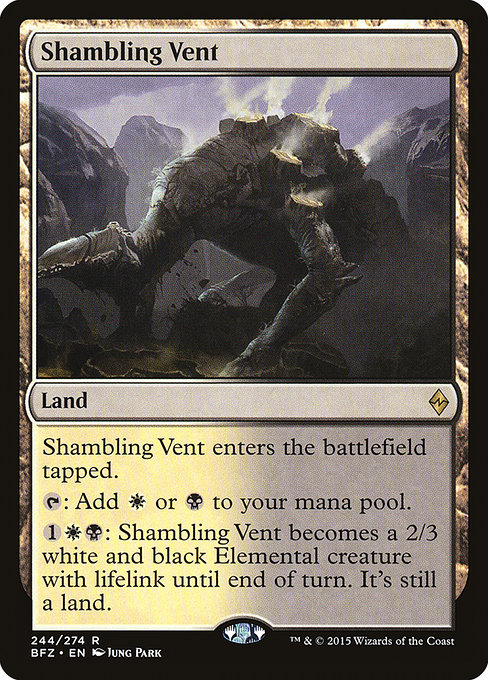Are you a Quiet Speculation member?
If not, now is a perfect time to join up! Our powerful tools, breaking-news analysis, and exclusive Discord channel will make sure you stay up to date and ahead of the curve.
The release of Shadows over Innistrad and the coinciding rotation of the Standard format means the future of the competitive metagame is an unknown quantity. Before cards hit the table in tournaments, it’s unclear how they'll perform, so the market has yet to fully react to the realities of the future.
Last weekend’s Star City Games Open in Baltimore was the first major event. It will be the target of much scrutiny as the best source of metagame information and quality decklists until the SCG Invitational in Columbus this weekend focuses our picture. The following weekend, the metagame and the market will culminate at Pro Tour Shadows over Innistrad in Barcelona. The results of this event will set the state for the Standard metagame until the release of the next expansion and have massive implications on the price of cards.
It’s wise to prepare for the market volatility of the upcoming weeks by preparing ahead of time. We now have enough information to make educated decisions about the future market, so we can begin to change our positions accordingly.
I’ve identified the cards I don’t have high hopes for in Standard going forward, and which I expect to fall in demand and price. I’ve also identified some cards that have a very bright future over the coming six months and beyond. Let's get to it!
Cards to Sell
R/G Ramp decks were a major force in the metagame last season, and they were expected to make the transition to the new format. Many considered them the new “deck to beat,” but initial results at SCG Baltimore were incredibly disappointing for the archetype. The worst matchups for these decks have been the fastest, most aggressive decks, and while red is on the decline, white has filled its place.
The new metagame looks to be very aggressive, and that leaves ramp decks in an awkward place. Kozilek's Return is certainly a great tool against these decks, so I’m not counting the deck out entirely, but initial results and talk around the watercooler point to this deck being a thing of the past. Most staples will be on the decline.
The primary four-of top-end creature of R/G Ramp, World Breaker, has seen better times and demand is slumping. The price online fell by nearly 20% last weekend, and the paper price will continue to sag and eventually send the price of World Breaker into the realm of a few dollars.
White decks are king, and red is left out in the cold. The departure of Monastery Swiftspear robbed red of its single-best card, and with it the potential for its most powerful starts. Hordeling Outburst, another staple red tool, is also gone, along with red's ability to go wide. Temur Battle Rage, which gave red the ability to act as a combo deck and fight through any number of blockers of any size, is also gone.
All this leaves red aggro in a place without a real identity, lacking the tools to form a coherent and cohesive deck.
We’ve come a long way since Abbot of Keral Keep was flipping Stoke the Flames. Abbot of Keral Keep has been a key component of red decks for as long as it has been in print, and the decline in red means the end of demand for staples like this. There is some hope that it could be used in two-color decks in the upcoming format, but its prospects are few and far between.
Atarka's Command has been centerpiece to the success of red decks in Standard, and its high price has been driven by Standard demand. This card will live on as a Modern and casual staple, but the price is largely driven by Standard. I expect it will slowly fall until rotation.
Kalitas, Traitor of Ghet caught on immediately as an answer to Rally the Ancestors decks, but it soon became apparent that it was a quality card in its own right, especially strong in midrange and control decks loaded with ways to destroy creatures. The legend had excellent prospects with the release of Shadows over Innistrad, which would feature not only graveyard mechanics, but also the return of the vampire tribe.
Now, with the set released and games under everyone's belt, it looks as if the graveyard won’t play a central role in Standard and vampire tribal won’t be a highly-competitive deck. Thus Kalitas, Traitor of Ghet looks less exciting.
It’s certainly a great card that will see play in maindecks and sideboards, but I don’t think we’ll see an increase in overall demand. The price is at an all-time high of $23, where it has been stagnant for over two weeks, and I foresee it falling. In the same two-week period it fell approximately 33% on MTGO, so perhaps Kalitas, Traitor of Ghet will fall back into the realm of $14-16.
Cards to Buy
With white the best color in Standard, the white dual lands are going to demand a premium. Prairie Stream sees the most play so it's the most attractive, but Canopy Vista is also a good target. Keep in mind that these lands were previously played as one- and two-ofs with fetchlands, but they are now being used in playsets---demand will shift accordingly.
I had a lot of hope for Eldrazi strategies going into rotation, and I was keeping my eyes on the SCG event to see how they performed. The most popular and successful version proved to be B/W, championed by a contingent of Roanoke SCG pros including Brad Nelson and Gerry Thompson. It ultimately finished third place in the hands of Eric Hymel.
White is the best color in Standard, so it's no surprise white Eldrazi is best, and this white creature land will demand a premium. B/W Midrange also cracked the Top 8, and Ali Aintrazi proved Esper Dragons still has potential with his Top 16 finish. Shambling Vent is an important part of all of these decks, and it’s going to see steady demand until rotation and even into the upcoming Standard format, where it remains.
The same logic that makes Shambling Vent a good buy also applies to Lumbering Falls. It’s a staple card that fits in a variety of different decks, and it’s going to see continued demand for the foreseeable future.
Four copies were played in the Bant Company deck that dominated the event, so it’s no surprise the price online grew by 33% the day afterwards. The paper price bottomed out in February at $1.4, and has slowly grown to $1.8. I think there is plenty of room to grow, especially considering Shambling Vent has now broken $5.
Declaration in Stone is white’s exciting new removal spell but Dromoka's Command is still great, as evidenced by Jim Davis’ three maindeck copies and no maindeck Declaration in Stone. Instant speed is especially important with cards like Collected Company, Ojutai's Command, and werewolves like Duskwatch Recruiter // Krallenhorde Howler. The ability to destroy enchantments is especially important now that Always Watching looks to be a key component of white aggressive decks.
The price bottomed out at $3 and is now over halfway to $4. While the $8 it sat at in October is ambitious, the price has the room to gain a few dollars.
Much like the Standard event will be viewed as a source of information for the post-rotation format, the SCG Modern Classic will be scrutinized as an example of post-Eldrazi ban Modern decks, especially in preparation for the SCG Invitational this weekend.
Daryl Ayers, a known Scapeshift player, won the event with Scapeshift featuring four Prismatic Omen. I’ve been on this card since the ban of Splinter Twin put Scapeshift back into the spotlight. Prismatic Omen has been a staple of the deck in the past, and was recently used in a support role in the R/G Scapeshift deck.
Ayers winning with four in his Temur Scapeshift deck is a promising sign for the deck going forward. Omen is from an old set in short supply, and its price would skyrocket if demand heavily increased. I expect this deck will be widely-imitated at the Invitational, and success there would certainly increase demand worldwide.
-Adam














